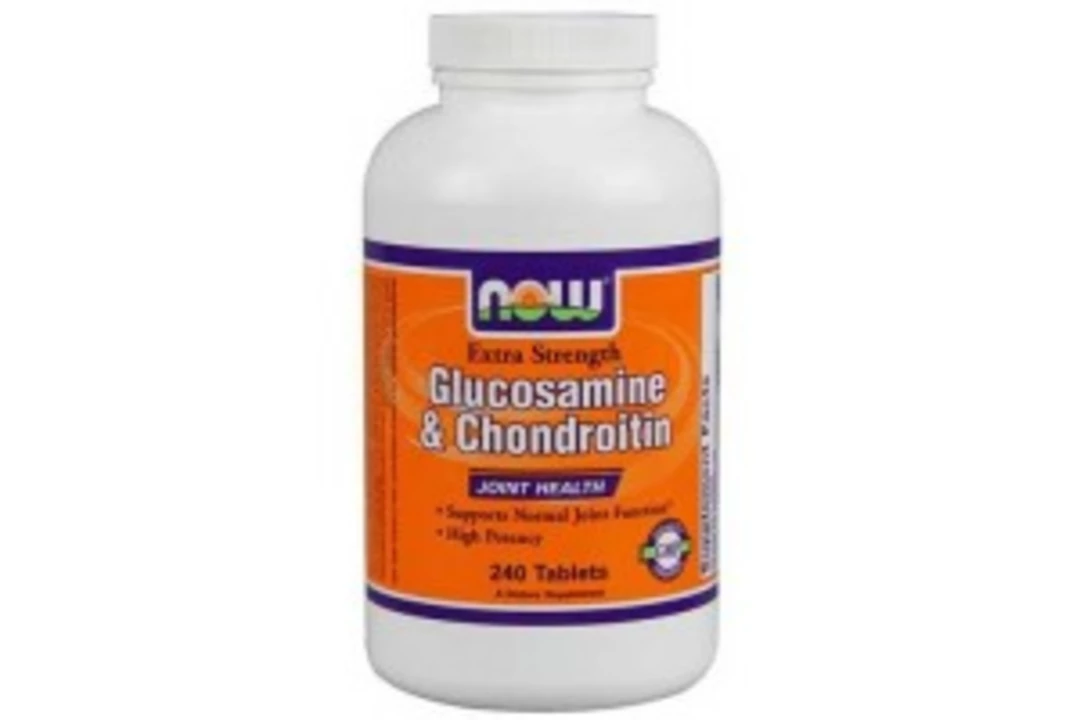Glucosamine Hydrochloride: Uses, Dosage, Benefits & Safety
Glucosamine hydrochloride is a common supplement many people try for aching joints and osteoarthritis. It’s a simple molecule your body uses to help build cartilage and joint fluid. People reach for it hoping to ease stiffness, cut down pain, and move more comfortably without stronger drugs.
Two forms show up on labels: glucosamine hydrochloride (HCl) and glucosamine sulfate. They’re similar but not identical chemically. Clinical results are mixed—some people feel meaningful relief, others notice little. If it helps you, the benefit is usually gradual and modest, not dramatic.
Dosage & How to Take
Typical adult dosing is about 1,500 mg per day, taken once daily or split into two doses. Follow the product label or your clinician’s advice. Take it with food if you get stomach upset. Many combo products pair glucosamine with chondroitin (for example, 1,200 mg chondroitin plus 1,500 mg glucosamine); those combinations are common in research and on store shelves.
Expect to try it for at least 6 to 12 weeks before judging whether it helps. Keep a short symptom diary—note pain levels, stiffness, and any side effects—so you can track changes. If there’s no improvement after three months, it makes sense to stop and reassess other options.
Not recommended for children unless a doctor advises it. Older adults usually use the same dose but may need guidance if they have kidney or liver problems.
Safety, Side Effects & Interactions
Glucosamine HCl is generally safe for most people. Mild side effects include stomach upset, heartburn, gas, and occasional headaches. Serious reactions are rare. If you have a shellfish allergy, check how the supplement is made—some brands source glucosamine from shellfish shells, while others use non-shellfish fermentation processes.
If you have diabetes, watch your blood sugar when starting glucosamine. Most research shows little effect on glucose, but monitoring is sensible. A more important concern: glucosamine can interact with blood thinners like warfarin and may raise bleeding risk. Tell your doctor and pharmacist about any supplements you take, especially if you’re on prescription meds.
Avoid use during pregnancy or breastfeeding unless your healthcare provider clears it; safety data are limited. Also consult your clinician if you have severe liver or kidney disease, or if you’re on multiple medications.
Quality varies a lot across brands. Look for third-party testing seals (USP, NSF, or similar), clear ingredient lists, and an expiration date. Beware of mega-doses or products that promise quick fixes. A straightforward, tested product plus steady use and sensible lifestyle measures—weight control, low-impact exercise, and physical therapy—gives the best chance of meaningful improvement.
If you’re thinking about starting glucosamine hydrochloride, bring your questions to your clinician. It’s a low-risk option for many people with joint pain, but it works best as part of a wider plan, not as a lone miracle cure.

- 8 Comments
I recently discovered the amazing benefits of Glucosamine Hydrochloride, a dietary supplement that has truly transformed my life. This natural compound, found in our body's cartilage, helps maintain joint health and reduce inflammation. By taking this supplement, I've noticed a significant improvement in my joint mobility and a reduction in joint pain. Moreover, it has also aided in my overall well-being and has given me the ability to be more active. I highly recommend giving Glucosamine Hydrochloride a try to experience these incredible benefits for yourself!
